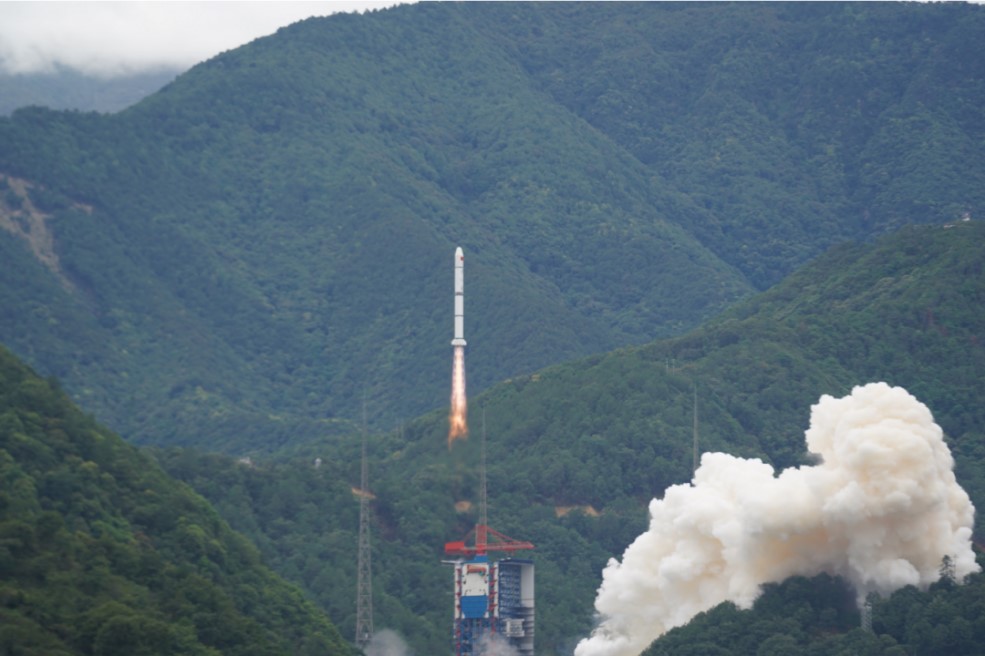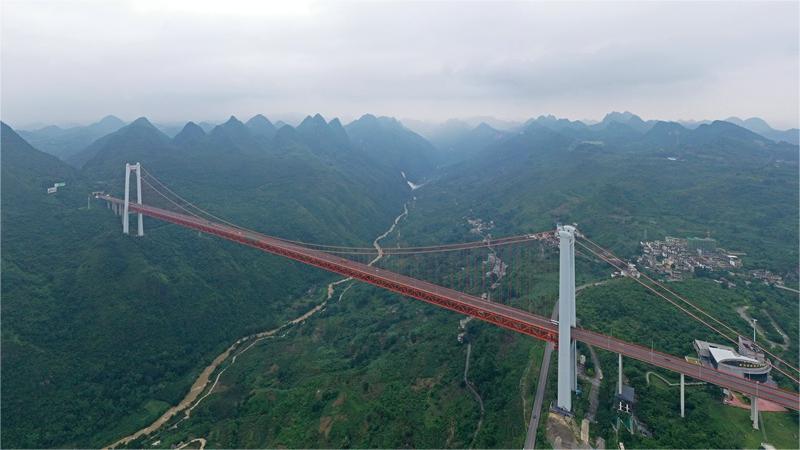China's open sci-tech cooperation benefits humanity

Foreign participants visit the exhibition booth of China Unicom in the Mobile World Congress (MWC) held in Shanghai, June 26, 2024. (People's Daily Online/Long Wei)
Currently, countries around the world are facing global challenges such as climate change, food security, and energy security. To overcome common development challenges, humanity needs international cooperation, openness, and sharing more than ever before.
At the same time, the world has entered an era of "big science," where scientific research and technological innovation have become more complex, systematic, and collaborative. No country can be an independent innovation center or enjoy the benefits of innovation alone. International cooperation has become an inevitable choice to promote technological innovation.
China has always been a participant in and a beneficiary of as well as a contributor to and a promoter of open cooperation in scientific and technological development. In recent years, China has proposed an international science and technology cooperation initiative, led several large international cooperation projects, and implemented the Belt and Road Science, Technology and Innovation Cooperation Action Plan. China's influence as an important global innovation hub continues to grow.
China has been continuously expanding its "circle of friends" in the global innovation network. As of October 2023, China has established scientific and technological cooperation relationships with 161 countries and regions and signed 117 intergovernmental agreements on scientific and technological cooperation.
It has engaged in practical cooperation with various countries in areas such as climate change, clean energy, and health, building a multi-level, comprehensive, and wide-ranging new pattern of open cooperation in scientific and technological development.

A contestant competes in an unmanned aerial vehicle (UAV) maintenance competition during the second Belt and Road International Skills Competition in southwest China's Chongqing municipality, June 25, 2024. (People's Daily Online/Sun Kaifang)
China has deeply integrated into the global technology governance system. As of October 2023, the country had joined over 200 international organizations and multilateral mechanisms, and participated in nearly 60 large international cooperation programs and projects. Its contribution and influence in these organizations have significantly increased.
Additionally, China has taken the initiative to set global technology innovation agendas, leading the Green Powered Future Mission (GPFM) and launching an international technology innovation and cooperation program on carbon neutrality.
China is continuously expanding its opening up in science and technology, creating a favorable environment for open innovation. In recent years, China has set up a globally oriented scientific research fund, stepped up the opening-up of the national science and technology programs, and encouraged and supported foreign scientists in addressing global challenges.
It has strengthened exchanges and interactions with governments, scientific communities, and industries of various countries, promoting the smooth flow of innovative factors of talents, technology, capital, and data. It also supports joint research and development among scientists from different countries, so that they can work together on research programs that contribute to global sustainable development.
Openness brings opportunities, and cooperation drives development. Reviewing China's scientific and technological progress in the new era, one can see new breakthroughs in basic and cutting-edge research, new leaps in strategic high-tech fields, and new achievements in innovation-driven high-quality development, such as translating human somatic cells back into pluripotent stem cells using the chemical cellular reprogramming technique, the superdeep boreholes drilled by China's land-based drilling rig Crust 1, the expedition of China's deep-sea manned submersible Fendouzhe (Striver) into the depths of the ocean, the commercial operation of China's self-developed large passenger aircraft, and China's new energy vehicles (NEVs) providing new momentum for the global auto industry. These successes paint a vivid picture of how China has enhanced its innovation capabilities through open cooperation.

A Long March-2C rocket carrying an astronomical satellite, the Space-based Multi-band Variable Object Monitor (SVOM), a result of China-France cooperation, blasts off from the Xichang Satellite Launch Center in southwest China's Sichuan province, June 22, 2024. (Photo/Chen Haojie)
China shares its wisdom and achievements in open cooperation. From the Square Kilometer Array (SKA) project exploring the mysteries of the universe, to the International Thermonuclear Experimental Reactor (ITER) project striving to bring unlimited clean energy to humanity, and to the Ocean Negative Carbon Emissions (ONCE) plan aimed at providing intelligent solutions for global ocean carbon sinks, Chinese scientists are actively involved in major international scientific programs and projects. They work hand in hand with scientists around the world, contributing Chinese wisdom to major global scientific challenges.
Today, China's space station has extended invitations to space explorers worldwide, the Chang'e-6 probe has carried four international payloads to the moon, and the FAST is open for international cooperation.
Regardless of the complexity of the international environment, China consistently maintains an open-minded approach, keeps its doors open, and remains committed to ensuring that science and technology better benefit all of humanity.
International science and technology cooperation is a major trend. China's technological advancement is becoming increasingly interdependent with the rest of the world, and global technological progress is also increasingly reliant on China.
Photos
Related Stories
- China's High Energy Photon Source completes storage ring linkage
- China unveils major sci-tech issues for 2024
- High Energy Photon Source enters joint test stage after completion of vacuum circuit of its storage ring
- China emerges in foreground of basic sciences, fostering global collaborations
- China's version of Neuralink unveiled
Copyright © 2024 People's Daily Online. All Rights Reserved.









